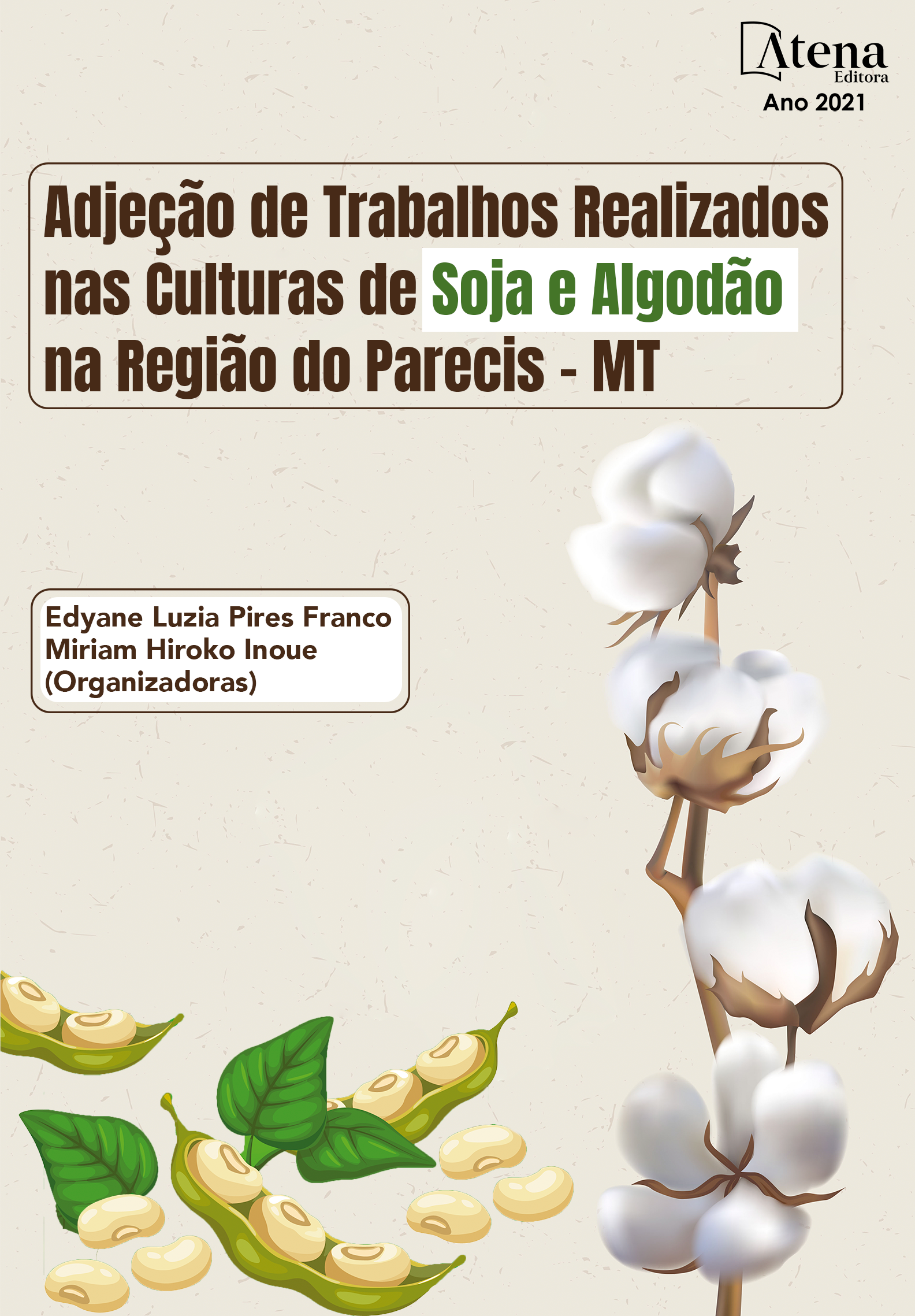
POSICIONAMENTO DE FUNGICIDAS PARA CONTROLE DE MANCHA ALVO
O fungo Corynespora cassiicola, agente causal da mancha-alvo em soja, vem ocorrendo com frequência nas lavouras de soja (Glycine max) na região Centro-Oeste do País. Atualmente ainda não se tem condições suficientes para um manejo adequado dessa doença, principalmente pela escassez de fungicidas foliares registrados e cultivares resistentes. Com objetivo de estudar a eficiência do controle da mancha alvo em soja em função do momento de aplicação e misturas de fungicidas, foram conduzidos ensaios em Sapezal, MT, Brasil, durante a safra de 2019/2020 de maneira sequencial, alternando épocas e princípio ativo dos fungicidas. Avaliada severidade aos 76 DAE de e produtividade ao final do ciclo, mostrou não haver relação direta entre severidade e produtividade, uma vez que o ensaio testemunha (sem tratamento) não apresentou diferença significativa ao ensaio que obteve maior produtividade, o qual também não mostrou relatividade de perca de produtividade diante do ensaio tratado que apresentou maior severidade.
POSICIONAMENTO DE FUNGICIDAS PARA CONTROLE DE MANCHA ALVO
-
DOI: 10.22533/at.ed.2902104082
-
Palavras-chave: Mancha Alvo; Glycine max; Soja; Controle químico
-
Keywords: Target spot; Glycine max; Soy; Chemical control
-
Abstract:
The fungus Corynespora cassiicola, the causal agent of the target spot in soybeans, has been occurring frequently in soybean crops (Glycine max) in the Midwest region of the country. Currently, there are still insufficient conditions for an adequate management of this disease, mainly due to scarcity of registered leaf fungicides and resistant cultivars. In order to study the efficiency of target stain control in soybean according to the time of application and fungicide mixtures, tests were conducted in Sapezal, MT, Brazil, during the 2019/2020 harvest in a sequential manner, alternating seasons and active principle fungicides. Severity assessed at 76 DAE and productivity at the end of the cycle, showed no direct relationship between severity and productivity, since the control test (without treatment) did not show any significant difference to the test that obtained the highest productivity, which also did not show relativity of loss of productivity in the face of the treated trial that presented greater severity.
-
Número de páginas: 10
- DIEGO HENRIQUE EVANGELISTA
- GUILHERME HENRIQUE MARTINS
- Jhenifer Suares de Souza
- CASSYA FONSECA SANTOS
- Mayra Martins de Barcelos
- JOSE CRISTIMIANO DOS SANTOS NETO
- Cleber Daniel de Goes Maciel
- Elias da Silva Rodrigues
- Jorge Pinto da Silva Neto
- MIRIAM HIROKO INOUE
- Mateus Vollbrecht
- Edyane Luzia Pires Franco


